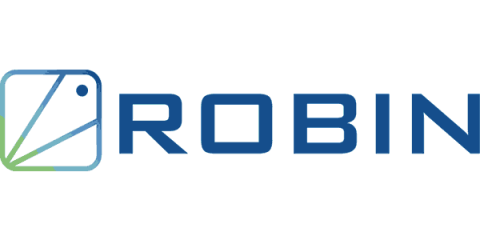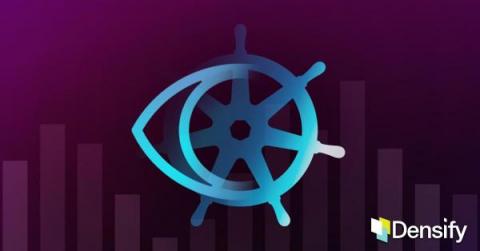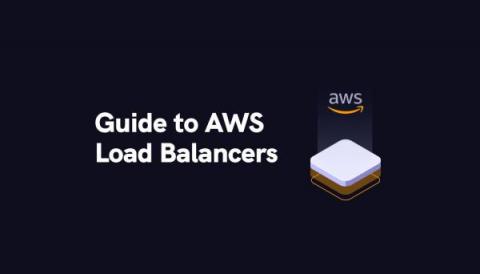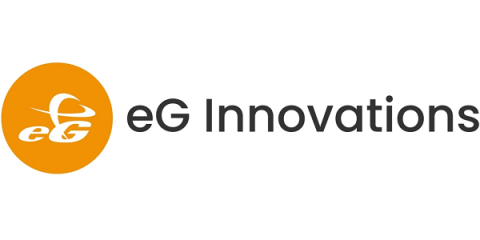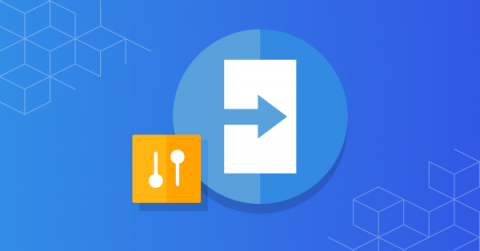Operations | Monitoring | ITSM | DevOps | Cloud
Latest News
Forecasting Kubernetes Costs
The benefits of containerizing workloads are numerous and proven. But, during infrastructure transformations, organizations are experiencing common, consistent challenges that interfere with accurately forecasting the costs for hosting workloads in Kubernetes. Planning the proper reservations for CPU and memory before migrating to containers is a persistent issue Densify observes across our customers.
Is Kubernetes the answer to the challenges in Multi-access Edge Computing - or is there more to this equation?
The market for Multi-access Edge Computing (MEC) is pegged at $4.25 billion in 2025. The reasons are many – from the recent surge in AR/VR gaming, to a growing preference for video calling and Ultra-High-Definition, and of course, the Internet of Things (IoT) that spawn SmartX applications, including cities, manufacturing, agriculture, and logistics. The majority of MEC opportunity is both driving and driven by 5G, and the two will grow hand-in-hand in the days to come.
Guide To AWS Load Balancers
The AWS Elastic Load Balancing (ELB) automatically distributes your incoming application traffic across multiple targets, such as EC2 instances, containers, and IP addresses, in one or more Availability Zones, ultimately increasing the availability and fault tolerance of your applications. In other words, ELB, as its name implies, is responsible for distributing frontend traffic to backend servers in a balanced manner.
Robin.io and AirHop Announce Strategic Partnership to Modernize Open RAN Solutions for 4G/5G Networks
The 15 Best Container Monitoring Tools For Kubernetes And Docker
Leading Kubernetes Management Tools For 2022
Kubernetes is the leading container-orchestration tool that was open-sourced in 2014 by Google and has helped engineers across the globe to significantly lower their cost of cloud computing ever since. Kubernetes also provides a resilient framework for deploying applications. Kubernetes management tools are quickly becoming essential to those that wish to monitor their containers on an ongoing basis, test, export and create intuitive dashboards.
The What and The Why of Cloud Native Applications - An Introductory Guide
Companies across industries are under tremendous pressure to develop and deploy IT applications and services faster and with far greater efficiency. Traditional enterprise application development falls short since it is not efficient and speedy. IT and business leaders are keen to take advantage of cloud computing as it offers businesses cost savings, scalability at the touch of a button, and flexibility to respond quickly to change.
Workload access control: Securely connecting containers and Kubernetes with the outside world
Containers have changed how applications are developed and deployed, with Kubernetes ascending as the de facto means of orchestrating containers, speeding development, and increasing scalability. Modern application workloads with microservices and containers eventually need to communicate with other applications or services that reside on public or private clouds outside the Kubernetes cluster. However, securely controlling granular access between these environments continues to be a challenge.
The Best Tools for Monitoring Your Docker Container
It can be difficult to comprehend and successfully scale your services as modern orchestrated settings grow larger and more sophisticated. Container monitoring allows you to see the health and performance of your dynamic container infrastructure in real-time. Container monitoring is the practice of collecting and analyzing performance metrics to track the performance of containerized applications built on cloud-based microservices.


